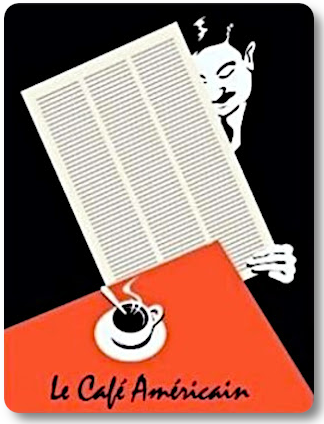We don't necessarily agree with John Williams' analysis here. But its not sufficient to merely disagree. One has to listen to the argument, the key points and mechanisms, and then show WHY they might be invalid and where they might be less probable than something else.
John may be right. We have an enormous respect for him. His site is worth looking at, and his arguments are worth a listen. But we think he makes the error of assuming that the trends will be as they are today, and one can just extend them into the future, without limit, and not account for 'step changes' and likely exogenous events. This is an all too common error with model based predictors.
As a thumbnail sketch of our disagreement, we think that deflation and hyperinflation can only occur deterministically with reference to an external standard. With the lapse of the gold standard, there is none. Therefore its more likely to be the end result of policy decision(s).
Before the US lapses into a hyperinflationary depression the G8 will have an enormous incentive to essentially bail the US out by inflating their own currencies in sympathy and allowing the US to essentially and selectively default on its sovereign debt, in order to save the world financial system. In many ways Bear Stearns is a microcosm of the United States Treasury.
Doing nothing increases the probability that there will be a war, a significant world war, which will tend to wipe the slate clean, at least for the victor (if there is one) in terms of debt obligations. Not only is the US too big to fail, its too big a warpower for anyone to be easily able to collect what's owed to them.
That's what we think, but all things being equal, John does have his points in order, and his hypothesis is probable, more so than deflation, which is also a possibility. Volcker said deflation has an extraordinarily slim chance of occurring in the US. We tend to view it as an overt policy decision. Net debtors do not willingly choose deflation; they are compelled to it by some external force or constraint.
The best argument for the deflation alternative is that our monetary system is dependent on bank loans for the expansion of debt, and debt is money. However, we think the Fed is going to give us a lesson in monetizing debt, and there is plenty of it to go around. Common sense is a fine tool, but more detailed knowledge and rigorous thinking is essential.
John Williams is interviewed by Jim Puplava - MP3 Audio download: A Hyperinflationary Depression in the US 2010
Shadow Government Statistics Homepage


































